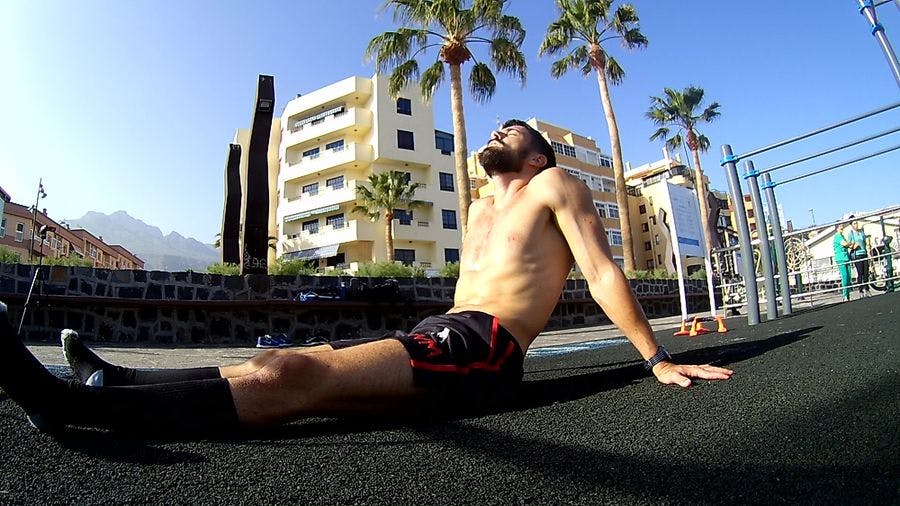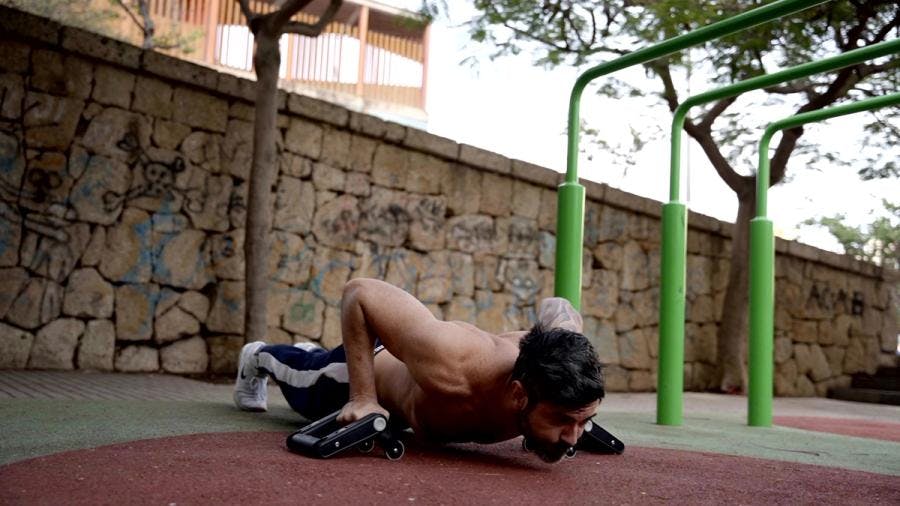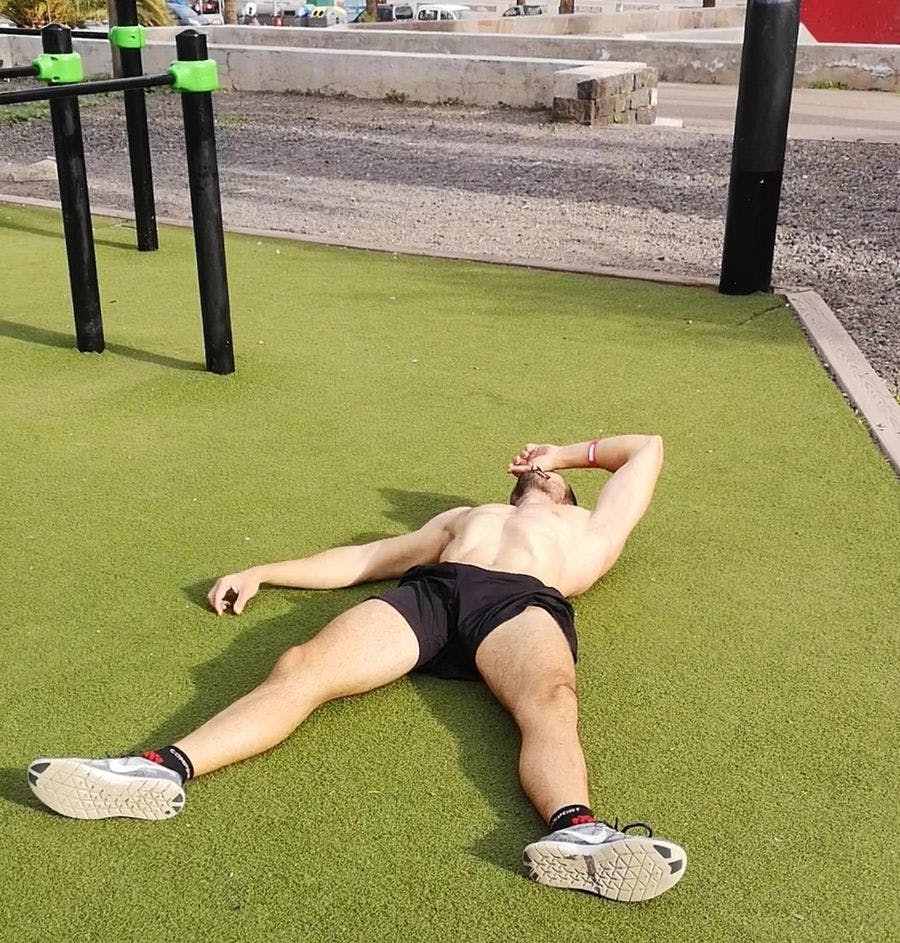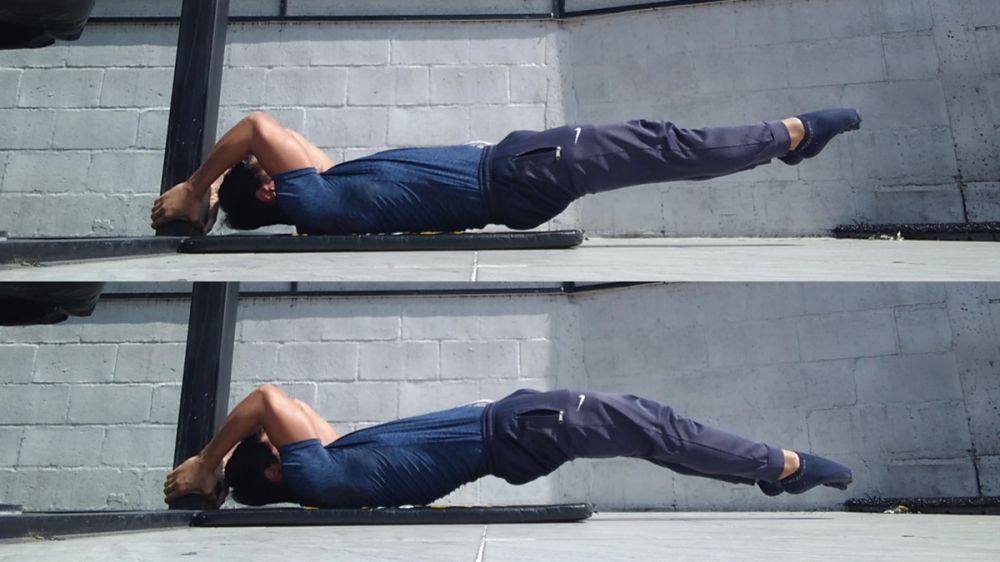
Macronutrients: What They Are, Types, and How They Influence Athletic Performance
Learn all about macronutrients: their roles, types, and the importance of nutrient timing for sports performance. Read our complete guide for athletes.

One of the biggest problems in the career of every person who wants to train, whether for aesthetics, performance, health or any other reasons, is the issue of injuries.
You are progressing, everything seems to be going well, you are having perseverance and, suddenly, an injury arrives that truncates your aspirations.
At this moment, when you have just been injured, you have the perfect opportunity to give up, you have the best excuse to stop training. You can go back to being a lazy person who doesn't train, deep down you may even feel some relief.
You go to the doctor and, with his characteristic “prudence,” he tells you to take 2 months of complete rest, you already have your excuse. To everyone who asks you: “Hey, haven't you started training? How are you doing?” You can tell them your sad story about how you were injured and have to rest for two months.
But, deep down, even if you don't even want to think about it, even if you try to avoid bringing that idea to the forefront, you know that in reality you could continue training without a problem, you have an injured shoulder, not all of your joints, you can train legs, abs, and if you care enough, you may be able to train your chest, back and maybe even your shoulder itself.
The question is: will you have the necessary strength to continue training? Or will you use the excuse of the poor injured guy who can't do anything?

If you want to avoid falling into that trap, if you want to do things well and achieve your goals no matter what, I recommend following the action protocol that I am going to explain to you below:
First of all, if it is a traumatic injury, such as a possible sprain or break, you should go to the doctor so that they can perform the necessary tests and give you a correct diagnosis.
I recommend that you do not trust 100% of what they tell you in the emergency room, since, in my experience, they often give you a quick diagnosis without sufficient tests. If you suspect that it may have been something more serious, for example a tendon or ligament tear, make an appointment with your family doctor or traumatologist to find out for sure.
Once this is done, or in cases where it is not a traumatic injury, but rather a discomfort, pulled muscle or possible tendinitis, I recommend going to the physiotherapist. Doctors tend to be excessively cautious in their recommendations, giving you complete rest for months. When the current scientific consensus agrees that this is not optimal.
The physio will know how to treat your problem so that it heals faster, he will know how to tell you what exercises you can do to improve the injury and prevent it from recurring and he will also be able to advise you on what exercises that involve other muscle groups or joints you can train so that you do not have to keep absolute rest.
Both in my personal experience, and based on current evidence, I believe that a visit to the physio is enough, in most cases you do not need to continue going week after week. I would only recommend continued visits in cases of old injuries that have become chronic and in specific cases of rehabilitation.

Once you have the diagnosis and professional recommendation, I leave you some practical tips that you can apply on your own:
1. Analyze how your injury really affects your training and look for alternatives. Evaluate which exercises you cannot do, which ones you can substitute that do not cause pain, whether you can look for an alternative movement pattern that does not involve the affected area, etc. Many times just by changing the grip of an exercise, or doing a variation similar to what you did before, you can continue training without problem, without pain and without aggravating the injury.
For example, in cases of wrist injuries, it is common for the person not to be able to do normal push-ups on the floor, but however, if he uses mini parallels and does them with a neutral grip, he can do them without problem and without pain. The same goes for some elbow and shoulder pain and different pull-up grips.

It can also be a good time to try variations with an elastic band, or even with dumbbells or machines. For example, if an elbow injury prevents you from doing pull-ups without pain, you can try doing pullovers with an elastic band or a gym machine. This way you will work the lats without flexing the elbow.
In any case, even in the most extreme, it is still most likely that at least you can continue training other parts of the body, and that you will not have to stop training completely. For example, in my case I have had several serious injuries to my knee, and what I did was continue training my upper body (with care, obviously) and even training the other leg with unilateral exercises.
2. Heal your injury and then strengthen the area involved. One of the most important factors to come out stronger from an injury is to understand why it happened, how to heal it completely, and how to strengthen the area and improve your training so that it doesn't happen again.
There is nothing worse than having an injury that disrupts your training planning, healing it and then suffering the same injury again. So that this does not happen, I recommend that you investigate with your physio and with the information you find on the internet about the injury you had and what to do both to heal it well and to prevent it from happening again in the future. Normally this consists of applying some strengthening exercises to some specific areas related to the injury.
3. If you notice any discomfort again, stop and make sure it doesn't get worse. If you carry out the advice that we have explained in the previous points, it is likely that you will not have discomfort in the area again, but if you do have it again, act preventively. Stop doing the exercise that is causing the pain, give the area a few days of rest and analyze why it came back and what you can do to solve it. If you are going to resume this exercise, do it at a lower intensity level and always pay attention to the sensations. The worst thing about an injury is when it becomes recurring.

In my personal experience, after more than 10 years training and, unfortunately, having to do it self-taught from the beginning, I have made many mistakes that have led me to many injuries of all kinds. And after that experience I can assure you that, in the event of any injury you have, it is best to follow the advice that I just told you so that you can continue training even if you are injured, learn from your injury to know why it happened to you and how to avoid it in the future, and work preventively so that, in fact, that injury does not happen to you again.
I would like to remind you that in the Calisteniapp we have a completely free section of mobility routines and exercises that can be very useful for preventing injuries or recovering from them.
I hope it will help you,
Yerai Alonso

Yerai Alonso
Cofundador de Calisteniapp, referente en calistenia y el street workout en Español. Con más de una década de experiencia, es creador de uno de los canales de YouTube más influyentes del sector. Autor del libro La calle es tu gimnasio, campeón de Canarias y jurado en competiciones nacionales e internacionales.
Join our newsletter
Learn everything you need to know about calisthenics

Learn all about macronutrients: their roles, types, and the importance of nutrient timing for sports performance. Read our complete guide for athletes.

Not sure what to eat before training calisthenics? In this article, we explain the ideal pre-workout nutrition based on your specific type of training session.

If you want to know everything about how to make dragon flags, here's a complete guide geared towards real progressions.
